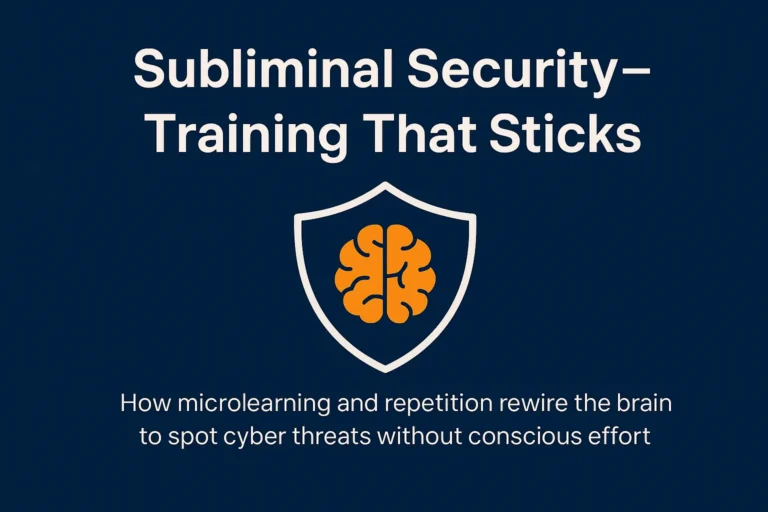In our connected world, many companies, products, and services offer text message alerts to keep you informed. Unfortunately, scammers are exploiting this convenience by sending deceptive messages designed to steal your personal information. What is smishing? is a question you might be asking. It is SMS-based phishing, and is used to trick people into clicking dangerous links or sharing sensitive data, often by pretending to be your bank, an online service, or another trusted entity.
How Does Smishing Work?
Here are two common tactics scammers use in smishing attacks, though they’re constantly inventing new tricks:
- Fake Alerts with Links: You might receive a text claiming, “Your account has been locked due to multiple failed logins,” followed by a link to resolve the issue. Clicking these links can install malware that records your keystrokes or grants access to your files, enabling scammers to steal your identity or hold your data hostage.
- Urgent Calls to Action: Another common ploy is urging you to call a number due to suspicious activity on your account. When you call, a scammer will attempt to extract personal information or convince you to make a payment.
Stay Safe: Think Before You Tap
To protect yourself from smishing:
- Know Legitimate Practices: Real government agencies, banks, and reputable businesses will never ask for sensitive information via text.
- Avoid Urgent Requests: Scammers create a false sense of urgency to pressure you into acting quickly. Take your time and stay cautious.
- Verify Before You Click: Never click on unexpected links or call unknown numbers from suspicious texts. Instead, contact the company directly through official channels to confirm the message’s authenticity.
Stay alert and keep your information secure by recognizing and avoiding these sneaky smishing scams!



